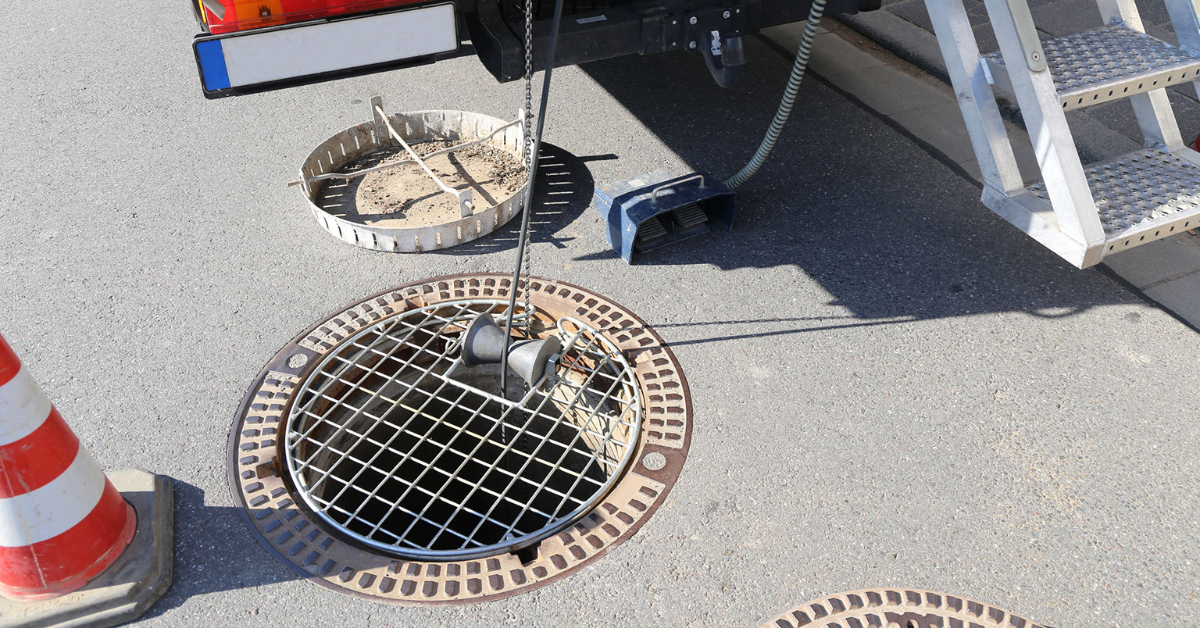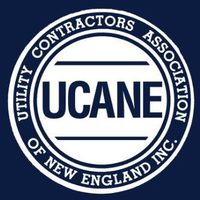
If you are in charge of maintenance for a municipality in the Commonwealth of Massachusetts or own commercial or industrial real estate that contains a catch basin on the premises, it is incredibly important that you have it cleaned and inspected on a regular basis. Although most of us do not give the catch basins much if any thought, they are an incredibly important piece of the water drainage puzzle. In essence, catch basins are designed to catch the excessive amounts of water that tend to flow during rainstorms. They are also needed to catch the massive amounts of water that occurs when piles of snow melt all at once during the springtime.
If the catch basins are not doing their job properly it can cause dangerous flooding that can destroy anything and everything within its path. That includes buildings, property that is located within those buildings, and parking lots. Floodwater is also incredibly harmful to the environment due to the fact that it typically contains harmful chemicals, garbage, and other debris that it has picked up along the way. The good news is that flooding from excessive amounts of stormwater and snowmelt runoff can be easily prevented when catch basin cleaning and maintenance is performed on a regular and scheduled basis.
For example, catch basins should be cleaned and inspected every six (6) months. If the catch basins are not cleaned out on such a frequent basis they can easily clog up with dirt, sand, trash, sticks, rocks, and other flotsam and jetsam. So what exactly is a catch basin and how does it work? In essence, catch basins are boxes that are buried in the ground. There is a grate at the top, which is located on ground level. When stormwater and snowmelt runoff is flowing down the street, or on the grounds of a property, it enters into the catch basin through the grate.
Since water flows downhill, catch basins are typically located at the low point of the property or street. Once the stormwater or snowmelt runoff enter into the catch basin, the chemicals and heavy materials within the water, such as sand, sticks, etc, fall to the bottom of the box where they remain until the catch basin cleaning takes place. The water exits the catch basin through an exit pipe and is distributed to either the main sewer line, a retaining pond located near the catch basin, or a local waterway such as a stream or pond.
If the catch basin in not cleaned every six (6) months, the materials within the box will build up to the point that it blocks the exit pipe. At that point, the stormwater and snowmelt runoff will back up and flood the surrounding area.
If you have any questions about our catch basin cleaning services in New England, or would like to schedule service we are happy to help. Jolin Paving & Excavating, Inc. is your New England connection for a vast variety of environmentally related services. Our company has been serving Boston Massachusetts, Southern NH, VT & ME as well as Northern CT & RI since 1952. Please Contact us to learn more today. Environmental related issues occur all of the time, and can strike at any time. That is exactly why you need to have a local and reliable environmental services company at the helm and ready to go whenever you actually need them.
continue reading






